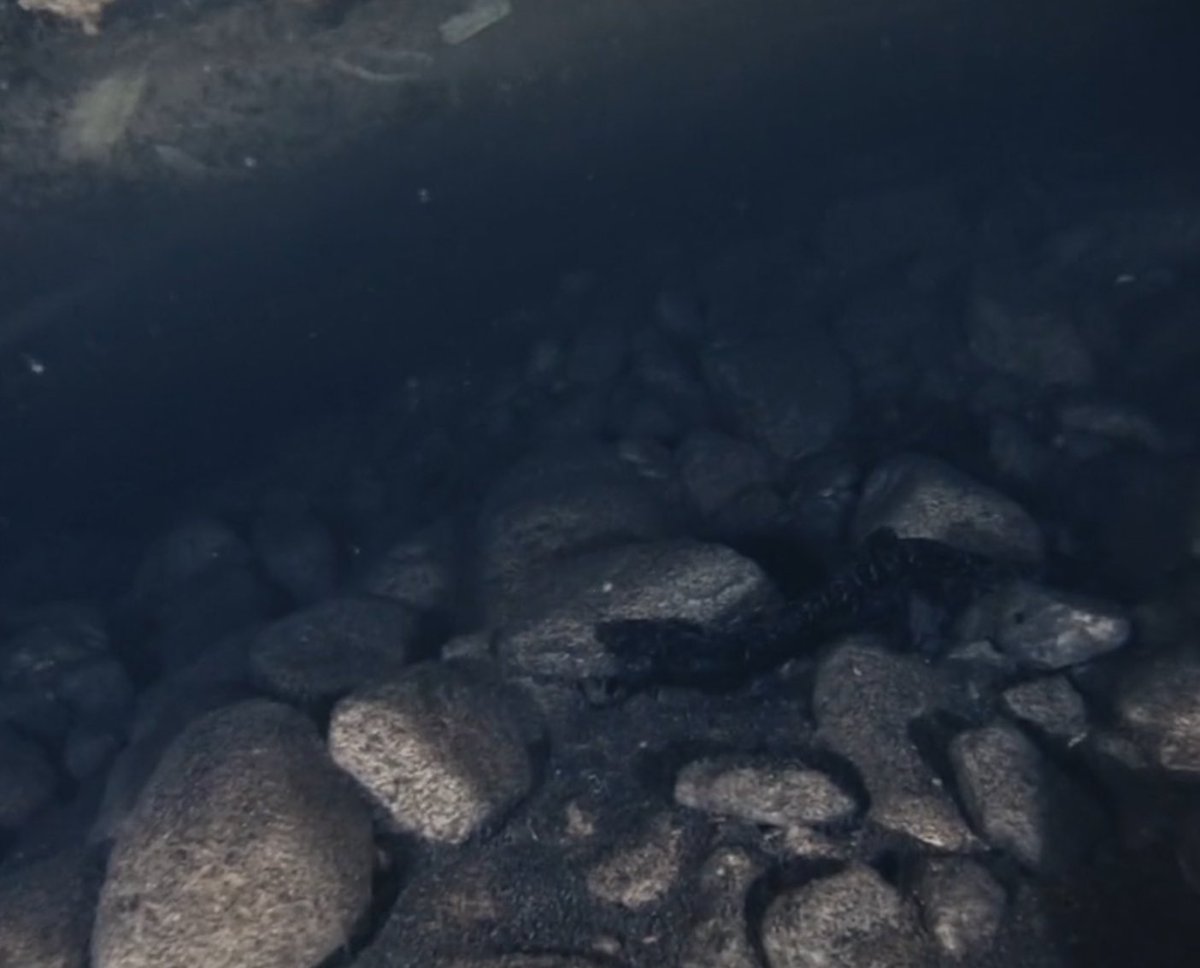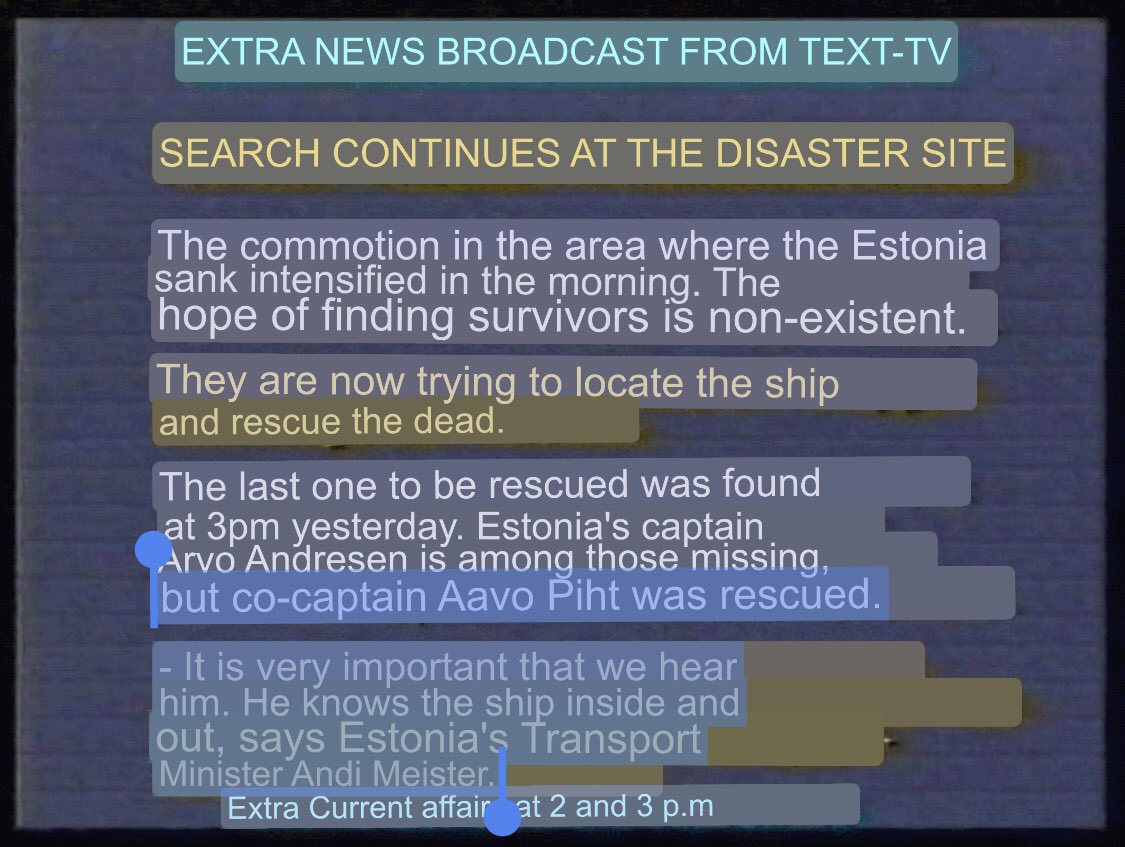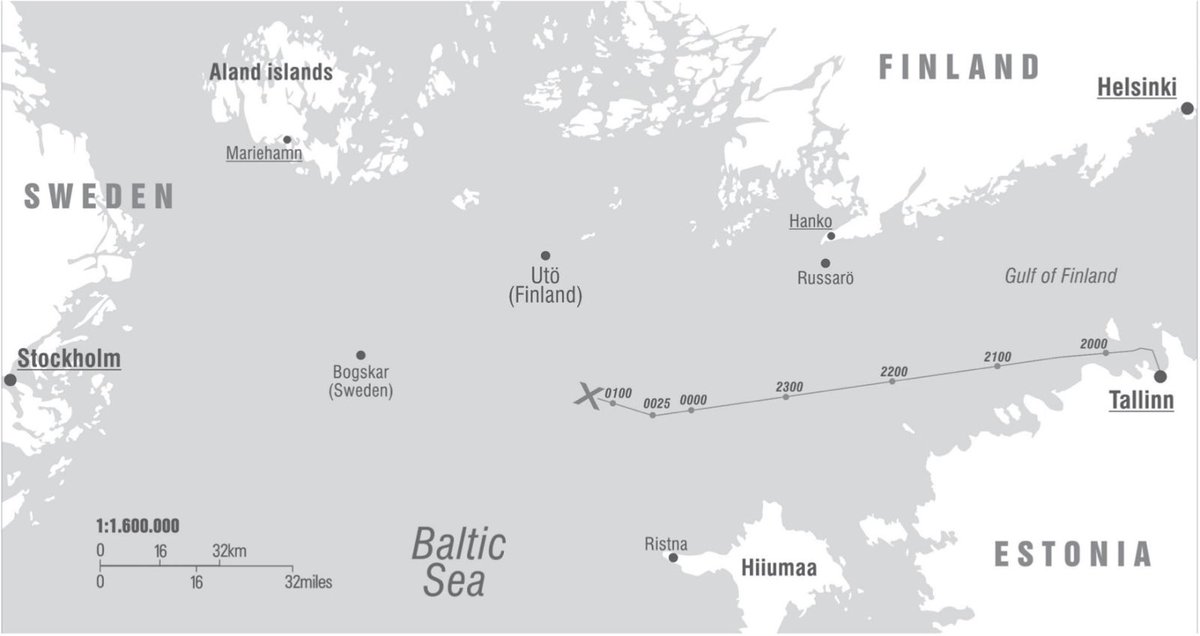
MS ESTONIA - PART 2
Since the ship came to rest upside down on the very soft silty-clay seafloor only 80 meters below, it was easily accessible. Between 4-10 Dec 1994, advanced divers from Rockwater, a Norwegian dive company, descended to the wreck.
Since the ship came to rest upside down on the very soft silty-clay seafloor only 80 meters below, it was easily accessible. Between 4-10 Dec 1994, advanced divers from Rockwater, a Norwegian dive company, descended to the wreck.

Divers recorded video and dive logs. In total, Rockwater officially logged over 70 hrs of video, which it passed into SMA’s custody, who are overseeing diving operations. However, when the other members of the JAIC requested copies of the videos, huge chunks of time were missing.
These video cuts, according to Franson, were made to protect the dignity of the deceased, but the cuts appear unrelated to areas where bodies might be expected. Additionally, the footage is non-chronological and inexplicably didn’t include a single shot of the starboard hull. 

Officially, no Swedish divers ever descended to the wreck. But five years later, a Swedish Navy lieutenant and dive specialist H. Bergmark tells a Der Spiegel journalist that he and 10-13 other persons dove to the Estonia on October 1st, a mere *two days* after the sinking. 

Intriguingly, Bergmark suggests that his team found a gash in the hull below the car deck on the starboard side. However, no official reports mentioned any such gash. Nor was this inspection ever officially announced or acknowledged by the commission.
From the outset, family support for raising the wreck along with the remains of their loved ones was nearly unanimous. However, their requests went unanswered by the Swedish govt, which quickly moved to entomb the wreck in concrete like a sarcophagus under Franson’s guidance. 



This is perplexing, since the cost of raising and salvaging the wreck was estimated to be comparable to constructing the giant underwater sarcophagus, while also being significantly less complex. More perplexing still was why the wreck should be covered at all.
Despite huge public outcry over a plan seen as a massive insult and literal coverup, 1,000s of tons of stone/sand are dumped on the wreck by barge, particularly along the starboard side. After widespread outrage from victims' families, the concrete plan was scuttled in June 1996. 





On Feb 23, 1995, Sweden drew up a “gravesite treaty” and had every country bordering the Baltic Sea sign it. Only Germany declined. Despite being in extraterritorial waters, the treaty designates a 2 km square around the site as off-limits, making the site illegal to visit. 

This commission was managed by Andi Meister, the Estonian Transport Minister, until 1996 when Meister abruptly resigned. His reason for leaving was that the Swedish side was withholding significant evidence from the other commission members.
After 3 years, the JAIC finally released a formal report on December 5, 1997. The report concluded that the bow visor and ramp were ripped off by large waves due to a faulty locking mechanism, even though surviving crew member testimonies directly contradict this theory.
The report states that the ramp was open, contradicting initial witness statements which saw it closed. It does not explain how the ramp, the suggested entry point for the massive volume of water, was closed when the wreck was surveyed.
The final report also ignores the dozens of testimonies from survivors who reported injury during the sudden impact and the subsequent flooding of Deck 0 and 1 that preceded the severe list, with crew even reporting ‘water to the knees’ in the engine room. 



In 1995, the shipyard commissioned a separate inquiry by the German Group of Experts (GGE). While the GGE clearly represented the interests of the shipyard, they were at least able to conduct a thorough investigation with relative independence.
The GGE’s report was finally published online in 2000. While their report took many of the JAIC’s findings at face value, the group uncovered several serious inconsistencies and discrepancies in the official investigation’s conclusions.
The GGE uncovers that Franson, head of the SMA, was questioned about a potential hole in the hull during a meeting with family and journalists in 1996 and admitted, "Yes, there is a hole in the starboard side, but I don't know anything about it - next question please." 

The GGE report finds that the compartment on Deck 0, which contained the sauna/swimming pool, flooded very early. This suggests deck 0 took on water from the outside sea, which only a hole in the starboard hull could explain. 

A GGE diving & explosives expert reviews the Rockwater video footage and finds that the points at which the bow visor had attached to the ship show several apparent blast holes. The blast holes have outward folded metal petals, a signature of high-energy explosives. 



Shockingly, the videos captured via ROV on October 9th also revealed an orange cube attached to the bow near these blast holes. The cube resembles a small plastic explosive-type device. But the cube is nowhere to be seen in the Rockwater videos captured two months later. 







In August 2000, Jutta Rabe, a German investigative reporter, and Gregg Bemis Jr, an American underwater equipment specialist, launched an independent expedition of divers and ROVs to the wreck. 



The expedition reviews the area along the ship's side where sand has been piling up against the wreck’s hull. But now, 6 years later, part of the sand pile directly adjacent to the hull has subsided, suggesting it was sucked through a hole in the hull. 





This expedition takes samples of the petaled metal holes at the bow visor interface noted in the GGE report and submits them for metallurgical testing at 3 separate labs. All 3 labs find that the metallurgical structure shows strong evidence of explosive deformation. 





During the expedition, the Swedish coast guard attempts to disrupt the investigation, including boarding their ship and threatening jail time if they ever set foot in Sweden. The expedition also experiences jamming of their GPS, satellite phones, and ship-to-shore communications.
In March 2005, the Swedish minister in charge of MS Estonia matters called for a study into the likely mechanisms by which the ship sank so rapidly. Three years later, the Safety at Sea Ltd. group produced a report relying on a software simulation of the sinking.
The simulation assumes a 2,000-ton deluge of water flooding the car decks via the open ramp, something no witnesses reported. All that water on the car deck would have made the ship top-heavy, causing it to turn turtle rapidly. Instead, the boat slowly leaned to one side.
The sinking simulation also fails to account for trapped air, which, when a ship overturns, has nowhere to escape if the hull remains intact. As such, capsized ships often stay afloat for days. But somehow, the Estonia sank in less than an hour.
Between 2005-2009, the Estonian government commissioned a second official investigation to be headed by Margus Kurm of the Public Prosecutor's Office. The investigation produced a report on February 6, 2009.
The Kurm report concludes that the original JAIC scenario, while plausible, did not exclude other equally likely mechanisms for the sinking and finds significant contradictions. It recommends the wreck's exterior be systematically studied to determine what happened. 





So if a simulation showed a sinking sequence entirely at odds with witness testimony and the bow visor never actually fell off but appears to have been covertly removed with explosives *after* it sank, why did the MS Estonia sink?
• • •
Missing some Tweet in this thread? You can try to
force a refresh















